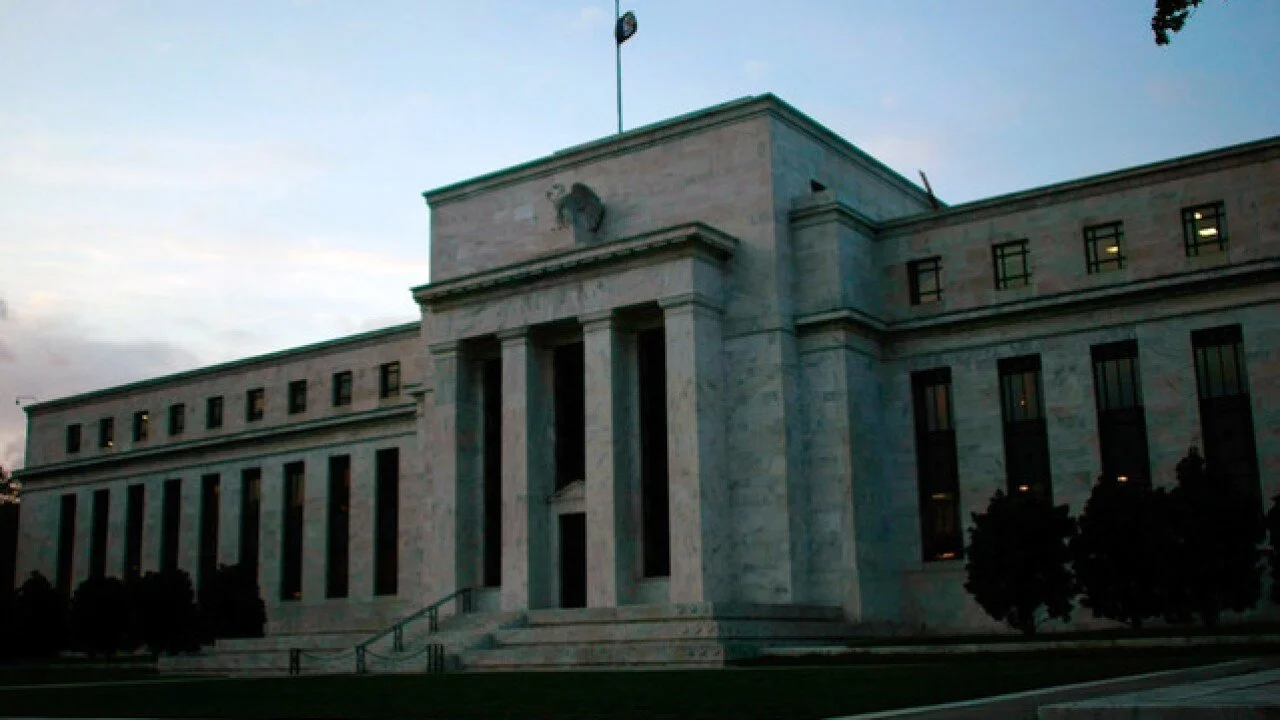As the Federal Reserve preps for its upcoming two-day policy meeting, economic conditions are throwing central bankers for a loop. The Delta variant has cooled down economic growth, while inflation remains elevated. Does that mean that the U.S. is about to enter a period of 1960s-1970’s style stagflation?
The term “stagflation” was coined in 1965 by the British politician Iain Macleod, who at the time declared in a speech to the House of Commons, “We now have the worst of both worlds – not just inflation on the one side or stagnation on the other, but both of them together. We have a sort of ‘stagflation’ situation.”
In the decade that ensued, both the UK and the U.S. saw the post-World War II economic boom cool, causing a slowdown in growth. At the same time, wages were stagnating, and prices were rising. The situation went on steroids after the 1973 OPEC oil embargo and as economic lore goes, the economy was rescued in 1979 when President Jimmy Carter’s appointed Fed Chair Paul Volcker took charge and raised interest rates to choke off the price increases. It is notable that while inflation did drop, so too did the economy, two big recessions in 1980 and 1982 pushed up the unemployment rate to the highest level since the Depression. (The COVID recession wiped out that record.)
Given that the Delta variant has caused economists to lower their growth estimates for 2021 (see here, here, and here), and prices remain high, what is the current risk of stagflation? At this point, it’s hard to know, but most economists do not believe that we are about to see anything close to the 1970’s model.
Yes, growth is slowing, but it is slowing from estimates of nearly 7 percent this year, to 5.5 – 6 percent, a rate that would be considered sizzling in pre-COVID years. And yes, job creation was disappointing in August, just 235,000 jobs created, only a third of what economists had expected. Still, the economy has recovered 17 million of the more than 22 million jobs lost amid the COVID recession.
Still, the situation puts the Fed in a tough position. Remember, the central bank has two goals: to foster enough economic growth to create jobs and to keep prices in check. Chairman Jay Powell has already noted that officials are more willing to let inflation run a little hotter, at least until some of the 5.3 million jobs that have vanished since the pandemic, get back online. But even if prices are starting to moderate, inflation remains at a level we have not seen since the early 1990s and the elevated costs for big ticket items like cars and everyday needs like food and energy, are hurting consumers.
The Fed will need to gradually decrease its emergency bond buying (the central bank is currently purchasing $80 billion of Treasury securities and $40 billion of mortgage-backed securities each month) and raise short term interest rates to make sure that prices don’t remain too high for too long. Analysts at Capital Economics believe that a majority of Fed officials “won’t be ready to commit next week to reducing purchases from October onwards, not least because the incoming economic data have deteriorated since the July meeting.”
The pressure is real: if the Fed acts too quickly, it could translate into businesses and households paying more to borrow, which could slow down the economic progress seen to date.
![Jill on Money [ Archive]](http://images.squarespace-cdn.com/content/v1/59efbd48d7bdce7ee2a7d0c4/1510342916024-TI455WZNZ88VUH2XYCA6/JOM+Blue+and+White.png?format=1500w)
